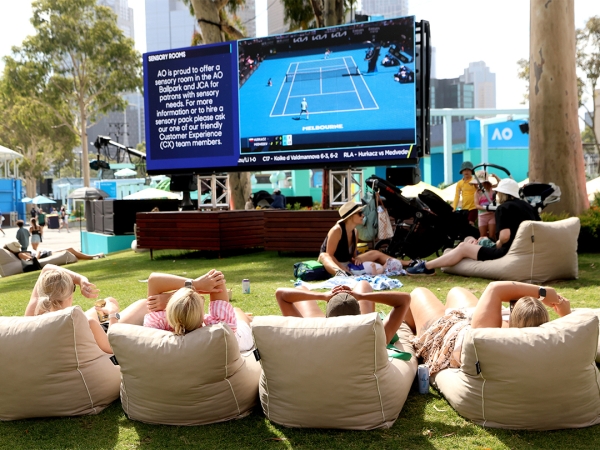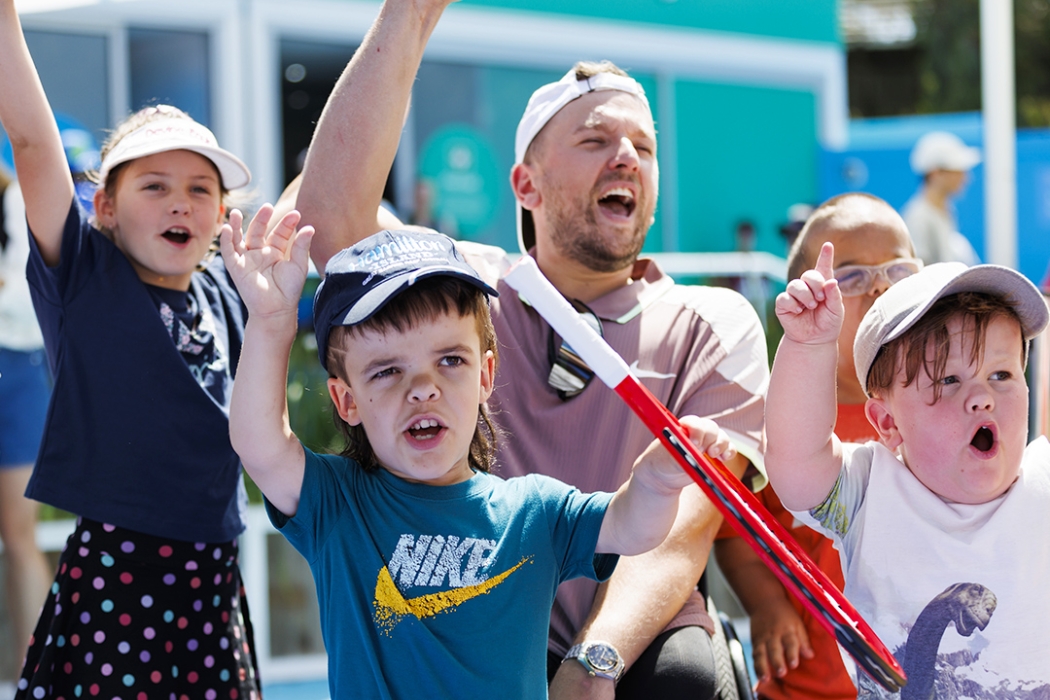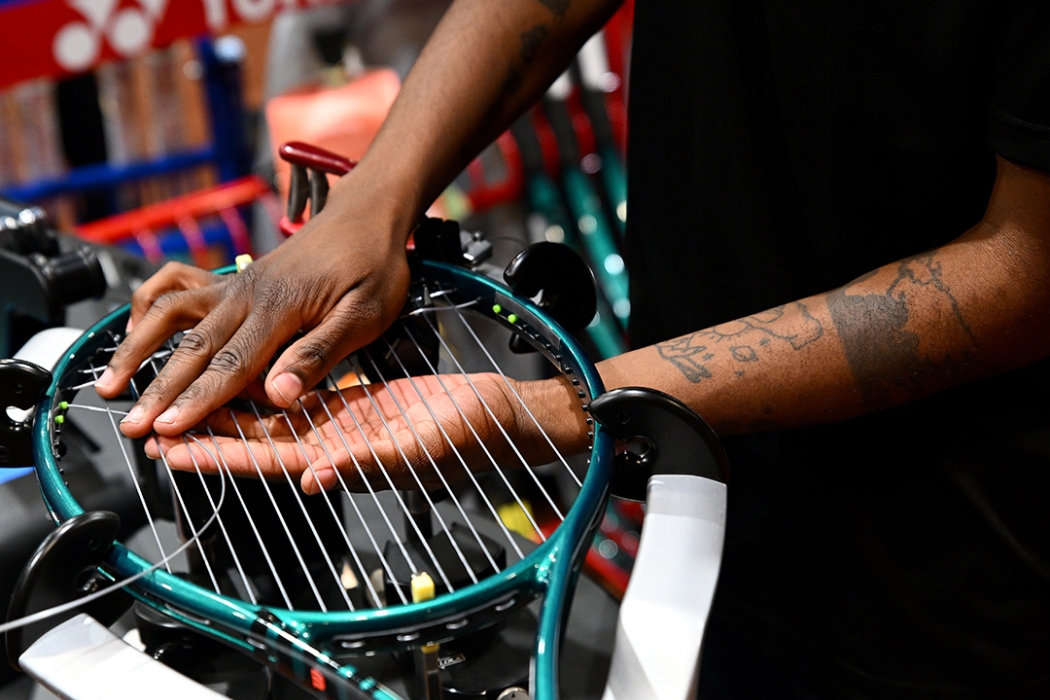By the time the Australian Open 2024 is completed, more than one million people are expected to have walked through the gates, a first for the tournament and a testament to how much it has expanded over the past 10 years.
MORE: All the scores from Australian Open 2024
There is nothing quite like the hustle and bustle of a Grand Slam at the start; not just the sheer number of fans who mill around the grounds but also the excitement and anticipation of what is to come over the fortnight.
Behind the scenes it’s all happening, too, with the players’ lounge and restaurants filled with players, coaches and their entourages, the lure of an Australian summer too good to resist.
In the corridors beneath Rod Laver Arena, players are getting ready for their matches, coaches are stopping for a coffee and a catch-up, everyone happy to be here.
“I brought a lot of family and big team this year because they wanted to try to escape the winter,” Casper Ruud said. “My sister is here, my cousin, my mother, and my father obviously, and my partner and girlfriend, Maria. They enjoy the sun more than the cold.”
But when it comes to week two of a slam, everything changes. Suddenly, the player areas are quieter, more business-like, the emphasis switching from a more relaxed social feel to a steely focus on the task at hand.
As week two begins, the singles events have reached at least the third round, which means that from fields of 128 in each, only 32 remain on each side. As a result, players have more space to relax, more time for themselves.
At Melbourne Park, for example, the quiet room available to players at Margaret Court Arena is more readily available, the wait for transport and the queues in the restaurant are shorter. All sounds positive, but change can take some getting used to.
“I always like ending of the tournaments because maybe my first final on ATP Tour or second, you're like, wow, it's strange, there's always so many people in the beginning and then it's so quiet, and on Grand Slams it's even more strange,” Daniil Medvedev said. “But once [I played] two, three finals, I got used to it.”
Perhaps the most obvious change around the grounds is the change in the demographics of the fans. In week one, grounds passes are incredible value and offer a great selection of matches to watch. The majority of tickets for the biggest matches in week two however, as we get to the business end of things, are bought up long in advance.

As a result, the crowds tend to be more “corporate”, perhaps a little less rowdy than in week one, when some fans spend all day in the sun enjoying themselves, making themselves heard when the matches get close.
That said, on men’s final day last year, thousands of Serbian and Greek fans bought grounds passes in order to just be in the grounds as Novak Djokovic faced Stefanos Tsitsipas for the title.
In the end, week two is about business and as Medvedev explained, if you’re here deep in week two, you’re doing something right.
“It’s actually the best feeling,” he said. “If there is almost no one left in the tournament, that means you've done a great job, there's no one to disturb you, it's just you, so go try to win it. I like this feeling. Yeah, hopefully I can be here on Sunday.”

